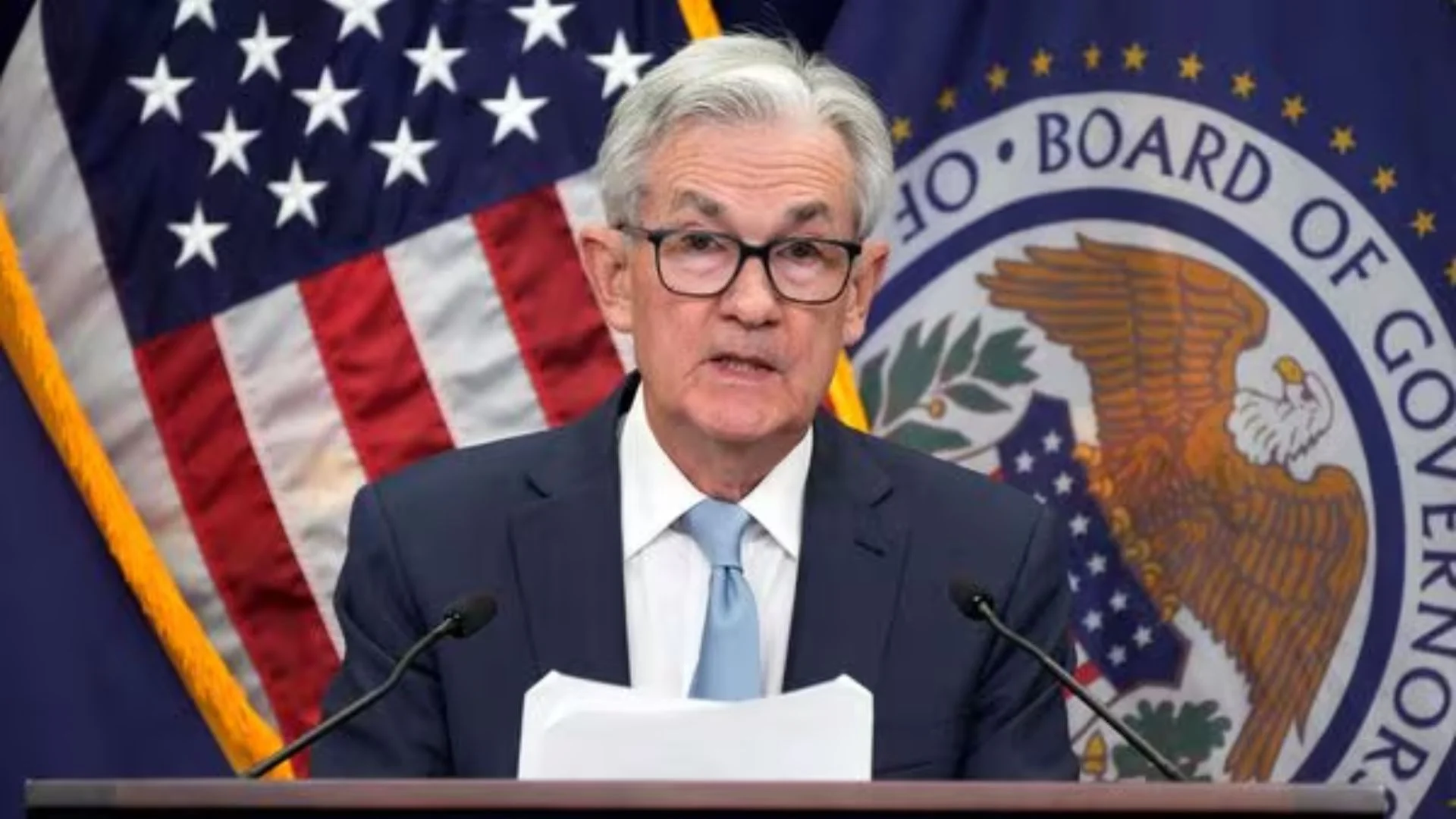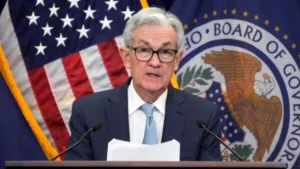The Federal Reserve said it trimmed its benchmark interest rate Wednesday, Dec 18, marking the third consecutive rate cut by a quarter percentage point. But the central bank was cautious about further cuts in rates, adjusting projections for 2025 toward slower pace of rate reduction.
Federal Reserve Cuts Interest Rates
The Federal Open Market Committee, the monetary policy arm of the Fed, voted 11-1 to cut the federal funds rate to 4.25% to 4.5%. Cleveland Fed President Beth Hammack was the lone dissenter, who would have held the rate steady. The cut marks a time when the federal funds rate is reduced by a full percentage point since mid-September, and it was the result of aggressive half-point cuts meant to suppress inflation and shore up the economy.
The FOMC’s decision arrived in response to the persistent worries of inflation and the tenacity of the labor market, despite some signs that inflationary pressures are now slowing. Investors had pretty much expected this cut; many are now looking towards Federal Reserve Chair Jerome Powell’s press conference for some further guidance on the Fed’s plans.
2025 Adjusted Projections
The Federal Reserve’s quarterly economic projections showed a change in the expectations for 2025, with less of an expectation of future rate cuts than had previously been envisioned. The median forecast is now to be a cut in the federal funds rate to a range of 3.75% to 4% by year-end 2025 from earlier estimates that had forecast a deeper cut. This would indicate a more slow and steady pace for additional rate cuts, as only two quarter-percentage-point cuts are anticipated, the median estimate shows.
The Fed also changed its wording and signaled that future rate cuts will be more contingent upon various economic indicators, which include inflation data, labor market conditions, and broad economic growth. This was a shift towards more prudence in responding to trends in the economy.
Concerns Over Inflation and Labor Market
One of the major reasons behind the Fed’s caution is the sustained inflation above its 2% target. Although inflation has declined a bit from the earlier high, the latest data indicate that it might be topping out at levels above the Fed’s desired range. This is why some officials in the Fed have demanded a slower pace of rate cuts to avoid fueling inflationary pressures.
Meanwhile, the US labor market has continued to show strength, with payroll growth steady despite higher interest rates. The unemployment rate did rise slightly to 4.2% in November, but it is still historically low. Fed officials have acknowledged that risks to the labor market appear to have diminished, which gives room for more cautious rate adjustments.
Economic Growth Forecasts and Long-Term Projections
In their revised projections, policymakers slightly raised their economic growth forecast for 2025 to 2.1%, which is a moderate expansion. However, inflationary pressures are still a cause for concern, especially as there may be changes to US trade, immigration, and tax policies under President-elect Donald Trump.
In addition, the Fed updated its projection for its neutral rate to a figure it believes is higher than expected. Such an action suggests that it may need to cut less in its rates than currently anticipated and therefore reach the target rates faster than what was estimated earlier.
It reduced, by 30 basis points, the rate at which it pays lenders via the overnight reverse repurchase facility to help ease concerns that liquidity is low in money markets.
In short, as the Fed cuts interest for the third time in sequence, there are indications it will now do so even more incrementally and modestly because of persistent concern about inflation and the job market.












